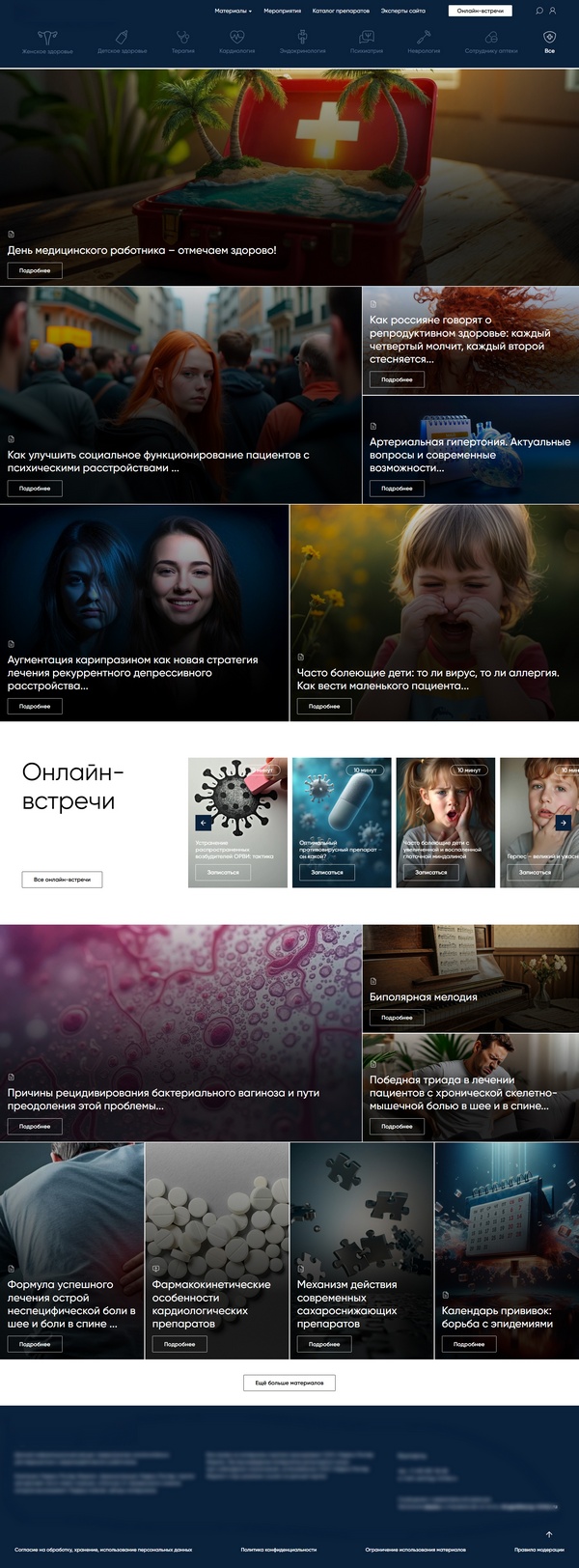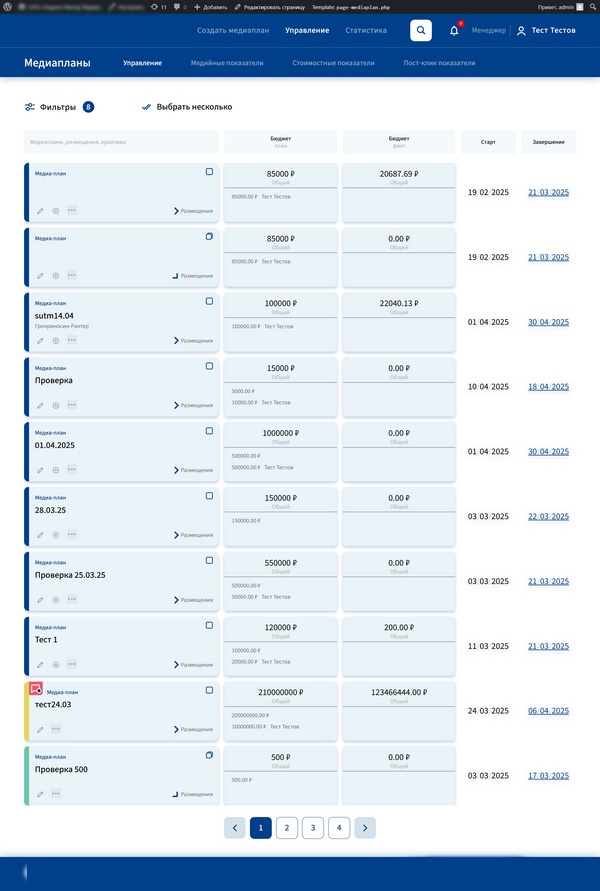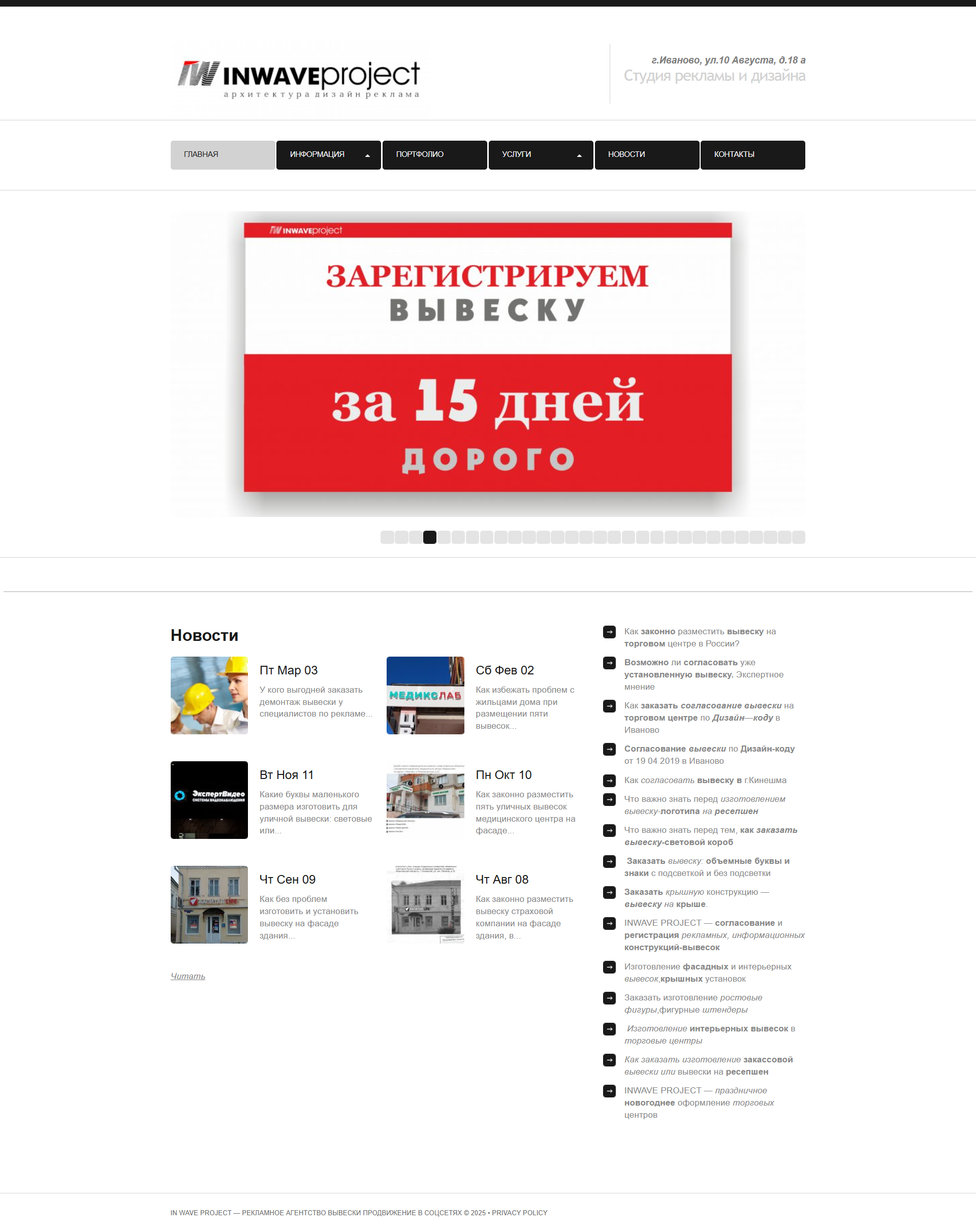Project Goal
To create a modern, user-friendly, and scalable web portal for publishing travel articles and recommendations, with the ability to integrate external booking services and manage user-generated content.
Challenges
- Fragmented Content
There was no unified source of high-quality articles and reviews on destinations, routes, and hotels. - Need for Integration
The website needed to connect with external booking systems for flights, hotels, and tours. - Flexible Content Management
Editors required an intuitive CMS for quick creation, structuring, and migration of materials to the site. - High Traffic Load
A large number of future visitors was expected, so the infrastructure had to be fault-tolerant and easily scalable.
Implementation Stages
Planning (Agile Methodology)
- Requirement gathering: target audience, core features (blog, tour search, user reviews).
- Technical specification creation: functional model, component description, user action scenarios.
- System architecture: selected PHP + WordPress; evaluated Headless vs. traditional rendering.
- Partner interaction plan: API calls to booking services, database schema sketch.
- Sprint planning and roadmap in Redmine: task distribution, prioritization, and deadlines.
Test Infrastructure Setup
- Deployed a separate staging environment on a dedicated server or VM.
- Installed and configured components: Nginx, PHP-FPM, MySQL/MariaDB, SSL.
- Set up Docker-based WordPress container for convenient plugin/theme testing.
- Integrated Git version control and CI/CD pipeline (Jenkins/GitLab CI) with PHPUnit tests and staging deployment.
- Implemented monitoring (Zabbix/Prometheus) for error and metric tracking during development.
Prototyping
- Created wireframes for key pages: homepage, Uncategorized section, sales page, travel hacks.
- UX scenario development: registration/login, review submission, newsletter subscription.
- Client approval: menu structure, navigation, layout of homepage and internal pages.
- Presented a clickable prototype in Figma to detect early inconsistencies.
Design
- Developed visual style: selected color palette, fonts, icons.
- Designed page templates in Figma:
- Homepage with recommendation banner and article grid.
- Article card template (image, summary, author, date).
- Destination page (gallery, description, map, reviews).
- Homepage with recommendation banner and article grid.
- Mobile adaptation (responsive design).
- Collected feedback and revised designs through several iterations.
Frontend Development (PHP + WordPress)
- Converted designs into responsive HTML5/CSS3 (mobile-first approach).
- Used BEM methodology and SASS for maintainable styling.
- Integrated layouts into a WordPress child theme: PHP templates, enqueued styles/scripts via functions.php.
- Developed interactive elements: sliders, dropdowns, lazy-loading images.
- Cross-browser testing (Chrome, Firefox, Safari, Edge) and basic accessibility checks.
CMS and Feature Integration
- Installed and configured WordPress: plugins for SEO (Yoast), caching (WP Rocket), and security (Wordfence).
- Developed PHP features for dynamic blocks (tour search, latest articles, trending destinations).
- Managed project via Redmine: task tracking, documentation.
External System Integration
- Booking API setup:
- Configured authorization (keys, tokens) and handled JSON/XML responses.
- Displayed real-time tour prices via custom PHP functions, cached using WP Transients API.
- Configured authorization (keys, tokens) and handled JSON/XML responses.
Content Migration and Setup
- Collected articles, images, videos from the editorial team.
- Migrated existing content (if any):
- Import/export via CSV/XML, format conversion.
- Manually reviewed content display in new templates.
- Created editor guidelines: image format (JPEG/PNG optimized for web), proper tagging and categorization.
- Filled initial 50–100 pages with SEO-optimized titles, descriptions, and keywords.
Production Infrastructure
- Production environment setup:
- Deployed VPS or cloud server.
- Configured Nginx, PHP-FPM, MySQL, Redis (for object caching).
- Installed WordPress: code deployment from Git repo, configured wp-config.php, enabled SSL (Let’s Encrypt).
- Deployed VPS or cloud server.
- CI/CD pipeline:
- On push to master: run tests, build assets (Webpack, SASS), deploy to production.
- Backup and Monitoring:
- Daily backups of DB and files to remote storage.
- Set up WAF (ModSecurity), restricted /wp-admin by IP.
- Monitoring with Zabbix/Prometheus: uptime, CPU/RAM usage, PHP errors.
- Daily backups of DB and files to remote storage.
Production Launch
- Final code migration from staging to production via CI/CD (GitLab CI).
- Tested key user scenarios:
- Registration/login, newsletter subscription, tour search and booking.
- Checked contact and subscription forms.
- Configured redirects (if URLs changed), finalized SSL setup.
- Registration/login, newsletter subscription, tour search and booking.
- Performance monitoring: response time, CPU/RAM load, stress testing (e.g., Apache JMeter).
Maintenance and Support
- Tech Support:
- Uptime and error log monitoring (UptimeRobot, Sentry), regular DevOps checklists.
- Incident response: bug fixes, WordPress core/plugin updates.
- Uptime and error log monitoring (UptimeRobot, Sentry), regular DevOps checklists.
- Content Management:
- Assisted editors with new articles, updated existing content.
- SEO Optimization:
- Page audits, meta tag fixes, PageSpeed performance improvements.
- Gradual expansion of site sections.
- Page audits, meta tag fixes, PageSpeed performance improvements.
Final Result
Thanks to Agile methodology, Redmine-based task management, PHP + WordPress stack, and a fully configured CI/CD process, the travels.life website was successfully launched on time. The project delivers fault-tolerant and secure performance, provides a user-friendly interface for both editors and readers, and allows flexible integration with external booking services.














